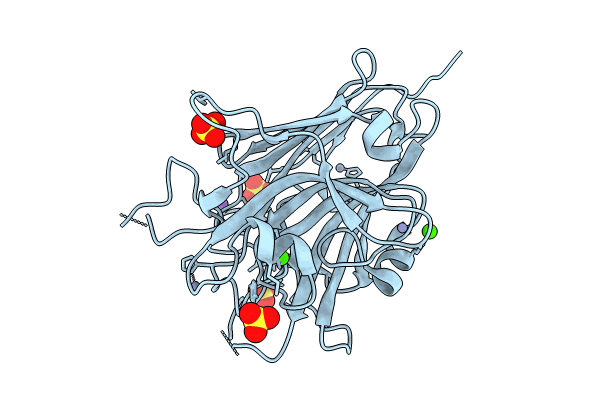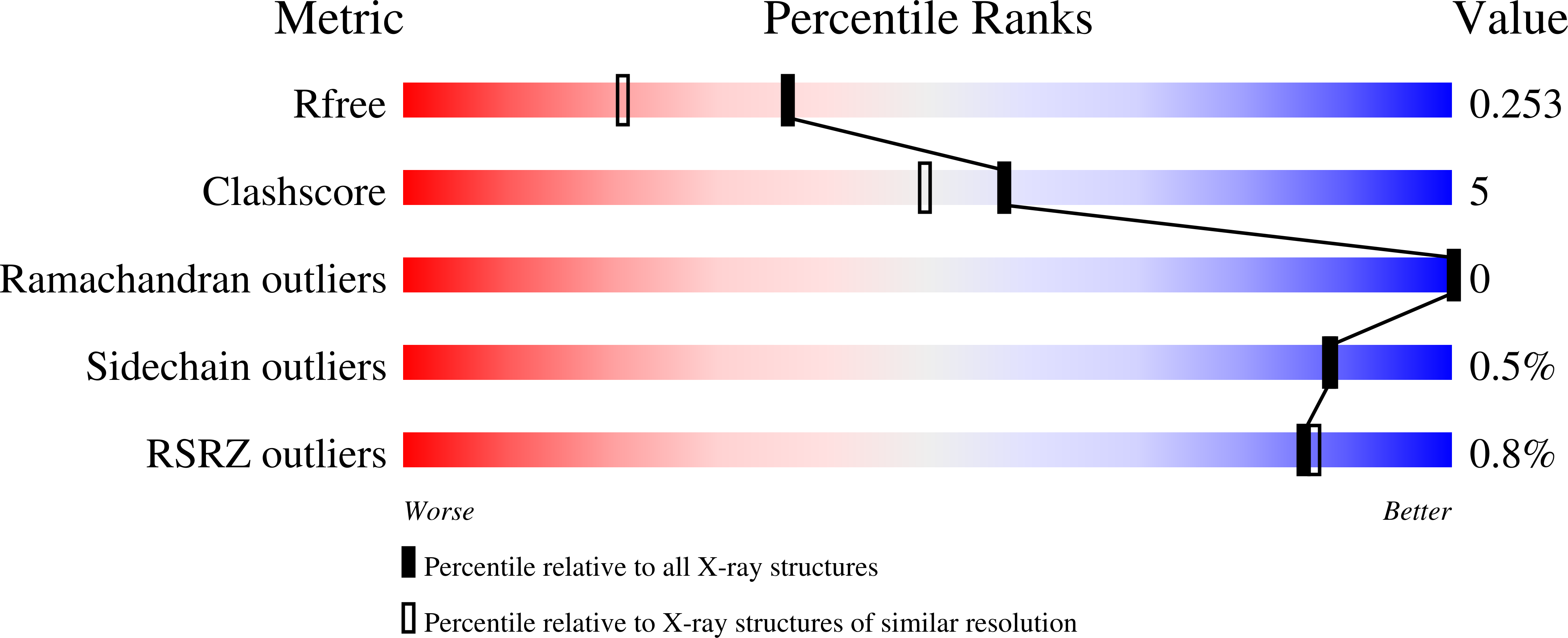
Deposition Date
2023-06-28
Release Date
2024-05-08
Last Version Date
2024-05-08
Entry Detail
PDB ID:
8TB2
Keywords:
Title:
Structure of SasG (type II) (residues 165-421) from Staphylococcus aureus MW2
Biological Source:
Source Organism:
Staphylococcus aureus subsp. aureus MW2 (Taxon ID: 196620)
Host Organism:
Method Details:
Experimental Method:
Resolution:
1.88 Å
R-Value Free:
0.25
R-Value Work:
0.18
Space Group:
P 21 21 2


